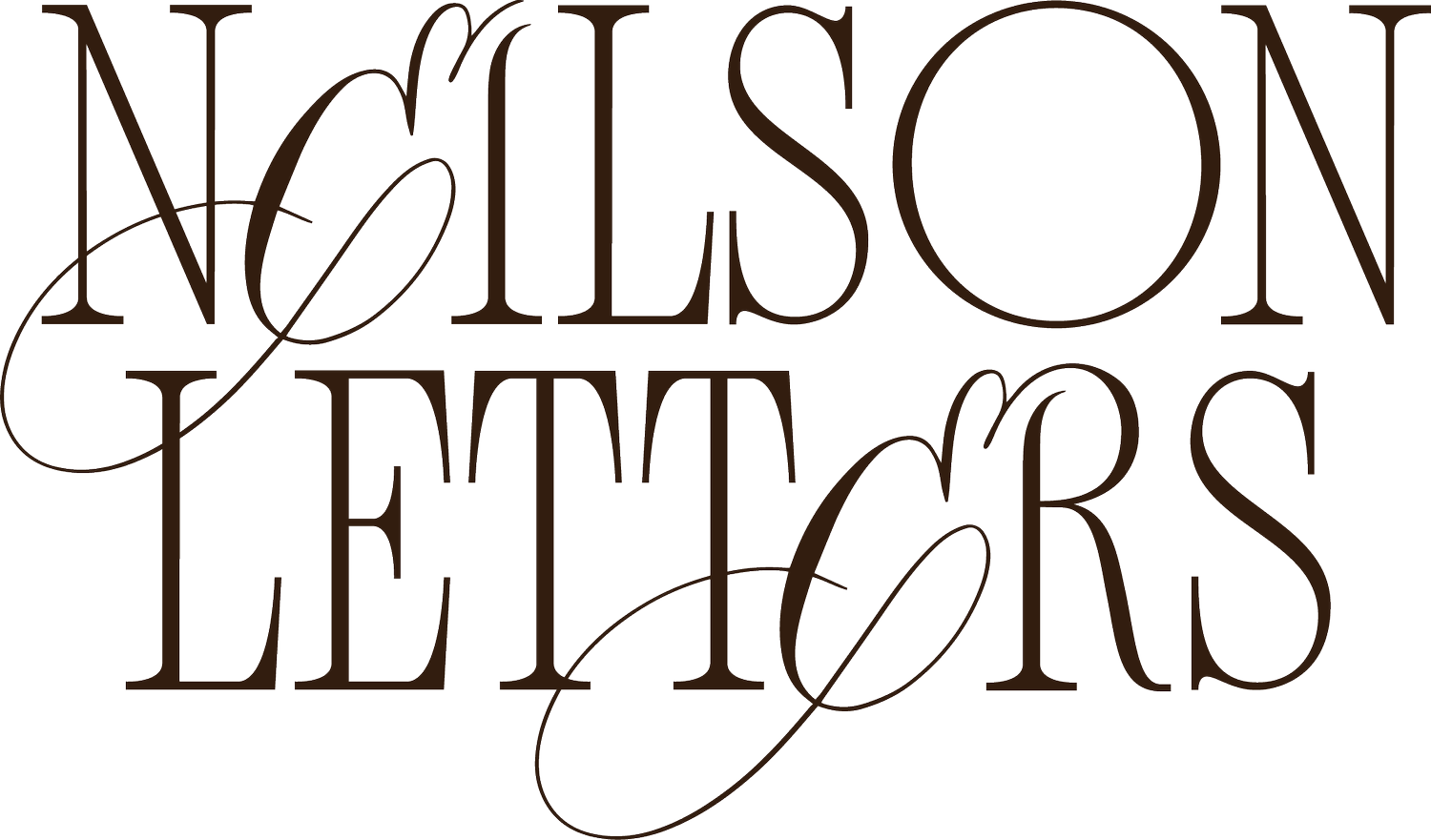Practical Pricing Advice for Calligraphers & Live Event Artists
If you're a freelancer, determining the correct price for your services can be difficult. It's easy to underestimate the value of your work, and charge too little to cover your expenses. But don't worry, this post is here to help you figure out a pricing strategy for your freelance business!
Who am I?
I'm the 30-something calligrapher who started my full-time business in 2019 in Montreal, Quebec Canada!
I'm also the lady who started the 'Calligra-community' Discord with the hopes of bringing connection and sharing to the online calligraphy community.
A QUICK DISCLAIMER: I AM NOT THE CALLIGRA-POLICE!
It's important to recognize my privilege while you read this - I have a significant safety net because my husband has a stable and well paying job, we don't have children, and we live below our means. This means that if I don't get a contract from a lead, we're not missing a bill payment. Not everyone has the same situation. You also don't have to listen to me at all! Please, only apply the most practical advice from this blog!
What are your goals?
An important place to begin….
Goals are an important place to start when we talk about pricing! Money and your version of success is important to keep in mind as there is no set pricing for everyone in every situation in every market in the world.
Goal Questions
Some things you should ask yourself before we begin "mathing" are:
what do you want to accomplish, and WHEN?
who is your dream client?
how much do you want to work / how much time to you want off?
what does success look like for you?
why is this important for you?
Why those questions matter
Understanding your "why" makes it much easier for you to make hard decisions and what the consequences are if you take on projects that don't align with your values
Understanding your "ideal client" and what they're looking for from you makes it easier to speak to them
Understanding what your version of success looks like makes it easier to stop comparing yourself to others
NOW SOME RESEARCH…
I believe that when it comes to pricing, it's helpful to think of what you need at the end of the year, after all of your expenses , FIRST, and then work backwards to figure out how much you should be charging AT A MINIMUM
To start...
...you need to figure out how much it costs to run your business taking into account things like:
Advertising costs
Percentage of rent/mortgage
Professional fees (Accountant, CRM, etc)
Fuel costs
Insurance
Meals and Entertainment
Travel
Supplies
Etc....
HOW MUCH TIME DO YOU REALLY HAVE?
"In" vs. "On" your business
"In your business" means anything you are doing that is connected to a client project like:
administrative work (phone calls, emails, creating quotes etc)
creating their art
driving to the post office to mail the project
etc
"On your business" means anything else business related like:
reading this blogpost
taking courses to improve your craft
updating your website
etc
WHY DOES THIS MATTER?
If you can estimate how much time you have to work on client projects ie: the time you actually have where you are making money/you can charge for, you'll be able to understand more clearly how much that time of yours is worth
The Spreadsheet | This will give you a much clearer picture of what you’ve been reading
CONSEQUENCES OF UNDERCHARGING
You're making "just enough", but not making a profit. This can lead to getting burnt out and isn't sustainable long term
It becomes much harder to raise your prices later on, once you're more established
There is very little work/life balance if you're always working and aren't able to take time to spend with your friends and/or family
BENEFITS OF CHARGING YOUR WORTH
The perceived value of your service is higher. Do you want people to choose you for being inexpensive, or for the quality of your work? If your work is significantly lower than the market you may be perceived as cheap. This can invite the dreaded 'price shoppers' to reach out to you, or who I refer to as 'energy vampires'
You gain more time for yourself to use however you wish. When you are charging a premium, you will naturally have less clients, but, in general, will be making around the same amount of money. What you gain with less clients is more time which is the most valuable resource we have.
You will get more quality clients inquiring for your services. This is linked with your perceived value. When you charge accordingly, this will naturally filter out clients who are not your ideal client.
SOME POTENTIAL PITFALLS
When thinking about your pricing, there are certain traps that can trip you up! This is why understanding things like your
goals
ideal client and
consequences of changing your pricing
are essential!
Things to keep in mind…
"how much would someone pay for an envelope" vs "how much am I willing to do this job for knowing everything I know now?" is a mindset shift
Giving discounts may or may not be right for you
"Scope Creep", or letting the clients change the original project parameters usually warrants a discussion and potentially a change in the original project quote
UNDERSTANDING YOUR NUMBERS GIVES YOU AUTONOMY
My goal with this blog isn't to "make you charge what I do", but to make you more aware of the larger picture.
If you understand what your goals are, where your money is going, and the consequences, (good and bad) when you update your pricing, you can make more informed decisions for your business instead of just letting things happen to you!


